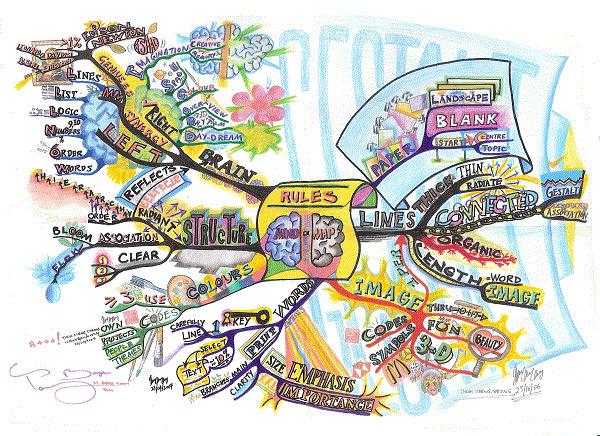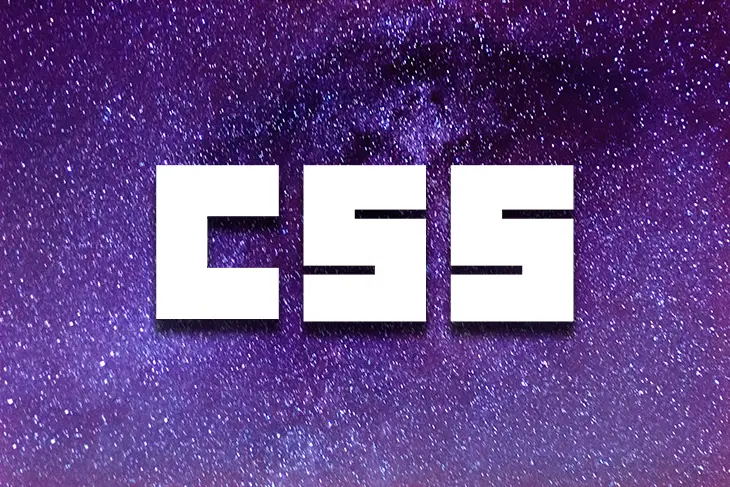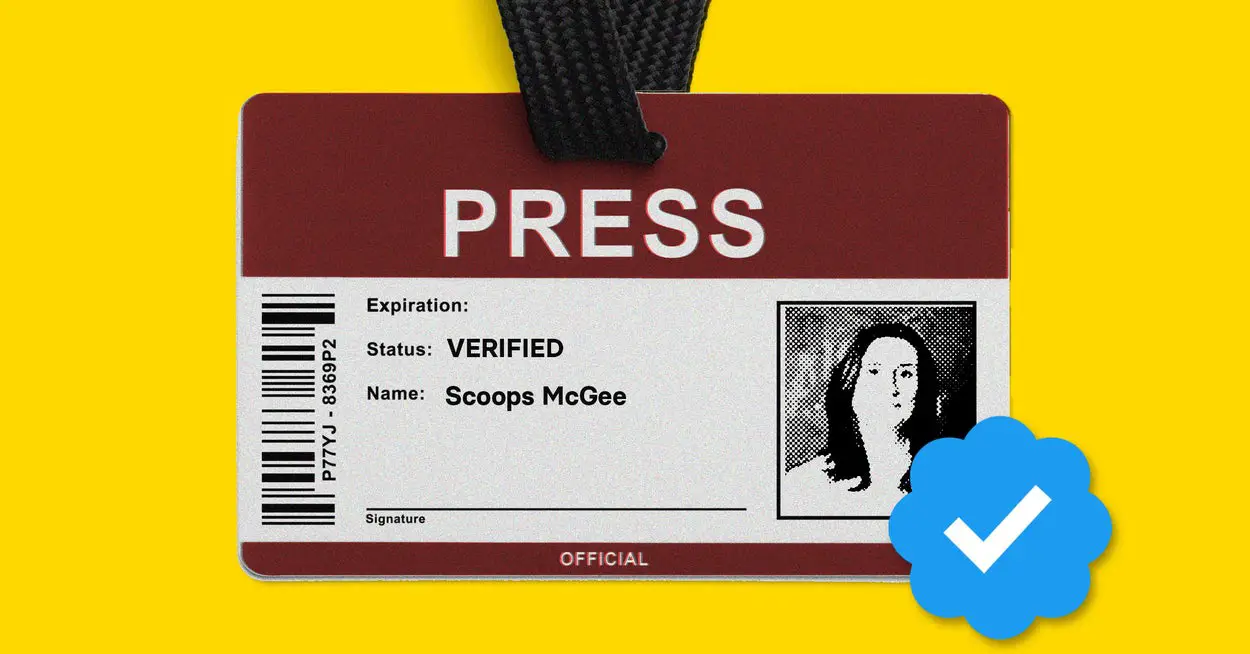Everyone hates tests, scratch that, everyone hates studying for tests. When trying to justify that you had studied what was taught for the whole semester (or year), justified by that one last final examination, sometimes everything goes wrong.
The mind going blank, partial recalls and tip-of-the-tongue phenomena, or freezing up at the most crucial moment are what students dread the most. If this describes you, you need all the help you can get.
We will go through some of the best ways to optimize your memory for academic excellence. Of course, academics aren’t everything, but so long as there are tests, you will probably need these tricks.
Keep an open mind about the techniques, and who knows, you might find a powerful tool to help sharpen your mind and memory.
Getting A College Degree Or Self-Learning?
Steve Jobs, Mark Zuckerberg and Bill Gates are some of the biggest names in the tech industry and… Read more
1. VARK Learning Styles
VARK learning styles is a model created by Neil Fleming. The gist of the learning theory is that we each have a preferred mode of learning, which can be capitalized to maximize our learning potential.
The VARK model states that people learn best through four different styles:
- seeing (Visual)
- hearing (Aural)
- Reading and/or writing words
- touching or doing (Kinesthetic)
Once you have identified your learning style, you can then adjust your study style. Note, however, that most people do not have only one exclusive preferred learning style; in most cases, they tend to be multimodal, their learning approach lying between two or more types – e.g., visual and aural.
How to Optimize This Style
Questionnaires have been developed to assess how you learn best, and many of these can be done online for free – you can try Vark-Learn. Once you have determined your style of learning, you can cater your note-taking in class, revisions for exams, test-taking strategies to suit your style.
For instance, if you have a visual affinity, highlighting texts or drawing figures or symbols will help you with the comprehension of the learning materials.
Similarly, if you are an auditory type of learner, your learning strategies should include discussions will fellow students on topics covered during lectures (or paying more attention in class!).
2. Mind Mapping / Concept Maps
Popularized by Tony Buzan in the 1970s, mind mapping is a way of transforming content into a visually appealing diagram using ideas, words and concepts linked to each other.
It’s based on the notion that people learn by means of associating one idea with another.
How to Optimize This Style
Doing up a mind map is a very intuitive activity. Start off with drawing a single topic or idea in the middle of a blank paper and expand on the subtopics with branches and sub-branches, keeping in mind to connect each of them with lines back to the center.
When you draw the mind map with different colors representing categories or the levels of the categorizations, it is easier to differentiate and organize information into clusters. This enhances information comprehension.

Draw as many images and use as many colors as possible to make it more interesting and fun. Unlike in most learning modes where the left part of your brain works overtime, the creative right portion of your brain is also applied!
From goal-setting and brainstorming to revision notes, mind maps can be used in a variety of ways.
Here’s a walkthrough on how you can start drawing mind maps. If you find mind mapping time-consuming, here‘s how to speed up the process.
3. Flashcards (Practice Testing)
Apart from serving as your guide for presentations in tutorial classes, flashcards can be used to aid your learning, especially in memorization and the active recalling of facts. One side of the card can be used to put in a question, while the other side can be used with the answer.
It is especially effective when learning a new language – with the new word, you’re learning placed on one side of the cards and the other side with the word in a familiar language.
When you’re prompted with the latter, you are to produce the translation of the same word in the new language or vice versa.
How to Optimize This Style
How frequently should one be tested? Here, the principle of spaced repetition seems relevant, where one should take into account the spacing effect (where more items can be remembered better if they are studied across a longer span of time).
One strategy is to extend the review interval when these cards are recalled successfully. Specific systems that incorporate the spaced repetition approach have been developed, such as the popular Leitner system.
If you rather learn on the go with your smartphone or tablet, there are also tons of apps out there to serve your flashcard needs.
4. Mental Imagery / Visualization
Research has shown that students who were asked to visualize content in science text perform better in comprehension tests than those who simply read the text. Images work better because they are more tangible than words, and thus easier to remember.
Memories of past events are stored in visual formats without conscious effort, indicating that our brain has a tendency to “learn” through images. The only problem with employing mental imagery in your learning materials is that they must first be imagery-friendly.
The use of mental imagery is particularly helpful in learning vocabulary or a new language.
How to Optimize This Style
The key to visualization or mental imagery is exaggeration and elaboration. The more vivid, memorable, and embroiled with emotions the image is, the easier it is to ‘peg’ and code into memory.
It works even for remembering names or biological terms. There are no hard and fast rules as to how the images should appear in your mind; the key is a shift in your mindset to use your imagination.
Let it run wild!
5. Keyword Mnemonic
Keyword mnemonic works when learning a foreign-language vocabulary or new terminologies. Using word association with mental imagery helps you remember words better.
What you do is find similar-sounding keywords that you are familiar with and create a mental image that connects it with the new word. This helps you encode the new word into your memory.
How to Optimize This Style
A simple example will be the word ‘pain‘ which means bread or loaf in French. Imagining a loaf of bread crying out in pain, knowing it is going to be toast soon, gives you a mental image linking ‘pain’ with ‘bread’. When you need to recall the new vocabulary, the image will come to mind more easily.
Check out some useful information on how you can apply this if you need some help with your French or Spanish classes.
6. Speed Reading
There’s nothing as invaluable as speed reading when you have tons to read up on. The average person reads between 125 – 250 words per minute because most of us intuitively read out “loud” in our minds, word-by-word, which ironically slows down our text comprehension.
The idea behind speed reading is to unlearn that conventional way of reading and to allow our eyes to sweep through words, sentences, and paragraphs for general understanding.
How to Optimize This Style
As this video demonstrates, one trick is to say ‘aeiou’ or ‘123′ aloud as we read, so that you won’t pronounce the words in your mind. This forces your eyes to glance across the words.
Another technique is to use a pen to guide your eye movements across the text. You can start off with left-to-right movement for each line of text and let your eyes move along with the pen.
Once you’re comfortable, you can then experiment with various movements such as right-to-left, zig-zagging across the page, or even moving the pen down the center. You’ll reach a point where you don’t even need a pen or your finger as a guide.
With enough practice, you can actually read at an above-average rate of 500 – 1000 words per minute!
7. Method of Loci
Otherwise known as Memory Palace, the Journey Method or the Roman Room technique, the Method of Loci can be your best ally when it comes to presentations.
It was actually an ancient memory strategy used by the Romans to give long speeches without using any notes.
It involves quite a bit of visualization. It uses your spatial memory to link random items that you wish to remember to a physical environment you are familiar with.
As you picture yourself walking through a path across your environment, the words, ideas or anything you wish to remember to begin to unfold in your mind because you have ‘pegged’ them to those familiar landmarks you come across.
How to Optimize This Style
One way to apply this method to your presentations is to make a list of key points for all your slides and then tag each of them to specific furniture in your house or landmarks you see along the way from your dorm to your classroom.
During your rehearsal of the presentation, imagine yourself walking through these familiar places and have the points coming out to you in sequential order, like your slides. They flow easily into your mind as you see yourself mentally walking through the environment during the actual presentation.
It can also be applied during exam revisions that require you to recall key points and ideas before you can start your essays. The more creative the visualization, the more memorable it becomes.
8. Rhymes & Songs
Music helps people remember better, I believe you can still remember songs, jingles, and radio ads you’ve listened to a few years back even though you haven’t heard them recently.
The secret is that it additionally encodes the things you need to memorize in auditory and rhythmic format and hence brings to use your auditory and musical memory.
This technique is not only favorable to the musically inclined but also works for us normal folks who learned ABCs by singing along to the “Twinkle, Twinkle, Little Star” tune.
Sure, it might help if you’re more of an auditory learner (see #1 on VARK Learning Styles), but it would certainly benefit anyone who has ever learned a song from listening to it constantly.
How to Optimize This Style
Academically, it would be especially helpful when memorizing facts, figures, formulas, dates, etc. You can choose from a few nursery rhymes like Jack and Jill, Humpty-Dumpty, and Mary had a Little Lamb; fit the lyrics to the details you need to cram into your head before you actually sing it aloud.
Once again, be inventive. Make the new lyrics bizarre and comical. If you’re good at this, consider rapping and even body movements. It would be a new and deeper layer of memory encoding.
When you need to retrieve the details during tests, all you need to do is to sing the song in your head, and voila!
9. Acronym / Acrostic Mnemonic
Besides sing-alongs to nursery rhymes, the use of acrostic mnemonics has also been a large part of our earliest learning experiences. This concept is based on remembering the first letters of the words you want to remember.
Your earliest grade school teachers may have taught you some acronyms like Roy G. Biv for the color sequence of a rainbow or HOMES, which refers to the Great Lakes in North America.
How to Optimize This Style
The simplicity of this mnemonic is its greatest strength. Acronyms are found everywhere (e.g., “VARK” in #1) because they help us frame long words into single letters for easier recollection.
Each letter of the newly formulated acronym acts as a cue for the entire word, so it requires less cognitive load to remember.
Here’s how to choose between an acronym or an acrostic phrase or sentence:
If the first letters of each word to be memorized doesn’t form a meaningful or pronounceable acronym (e.g., EADGBE for the strings on a guitar), use an acrostic phrase instead that makes more sense (e.g., Eat all dead gophers before Easter).
10. Chunking & Grouping
Local telephone numbers have around 7 digits in most parts of the world because a majority of people have a short-term memory of up to 9 things at any moment. However, we can bypass this by means of chunking or grouping information.
Given that we can only memorize and recall from a range of 5 to 9 (magical number seven) items, what we can do is to consolidate a long list of things to remember into five to nine chunks and then break them down even further.
For example, in remembering a phone number like 2398741, we can break them up into 2 or 3 portions like 239-8741 or 23-98-741 because it’s a lot simpler to recall three chunks of two to three digits than to commit seven single digits to memory.
How to Optimize This Style
The key is to organize the information you need to remember into a maximum of 9 concepts. This usually means listing all the critical terms and key ideas on a piece of paper.
Next, you can put in the definitions for each term before assembling them under the umbrella of five to nine concepts (typically by chapters) that are covered in the exam or test.
Then, expand each of the terms or ideas into five or more sub-branches (then to more sub-sub branches). The end product will be 9 concepts by 9 sub-branches by 9 sub-sub-branches and so forth up to the ninth level! (Kinda reminds you of the mind-map technique, doesn’t it?)
This can be likened to a very efficient filing system. Want more tips to chunk and cram? Check this page.
Wrapping Up
A lot of these methods can be used not only for studies but also for discussions or presentations at work. It helps you harness your memory power and lets you organize your thoughts in a more systematic manner.
Source link







Leave a Reply